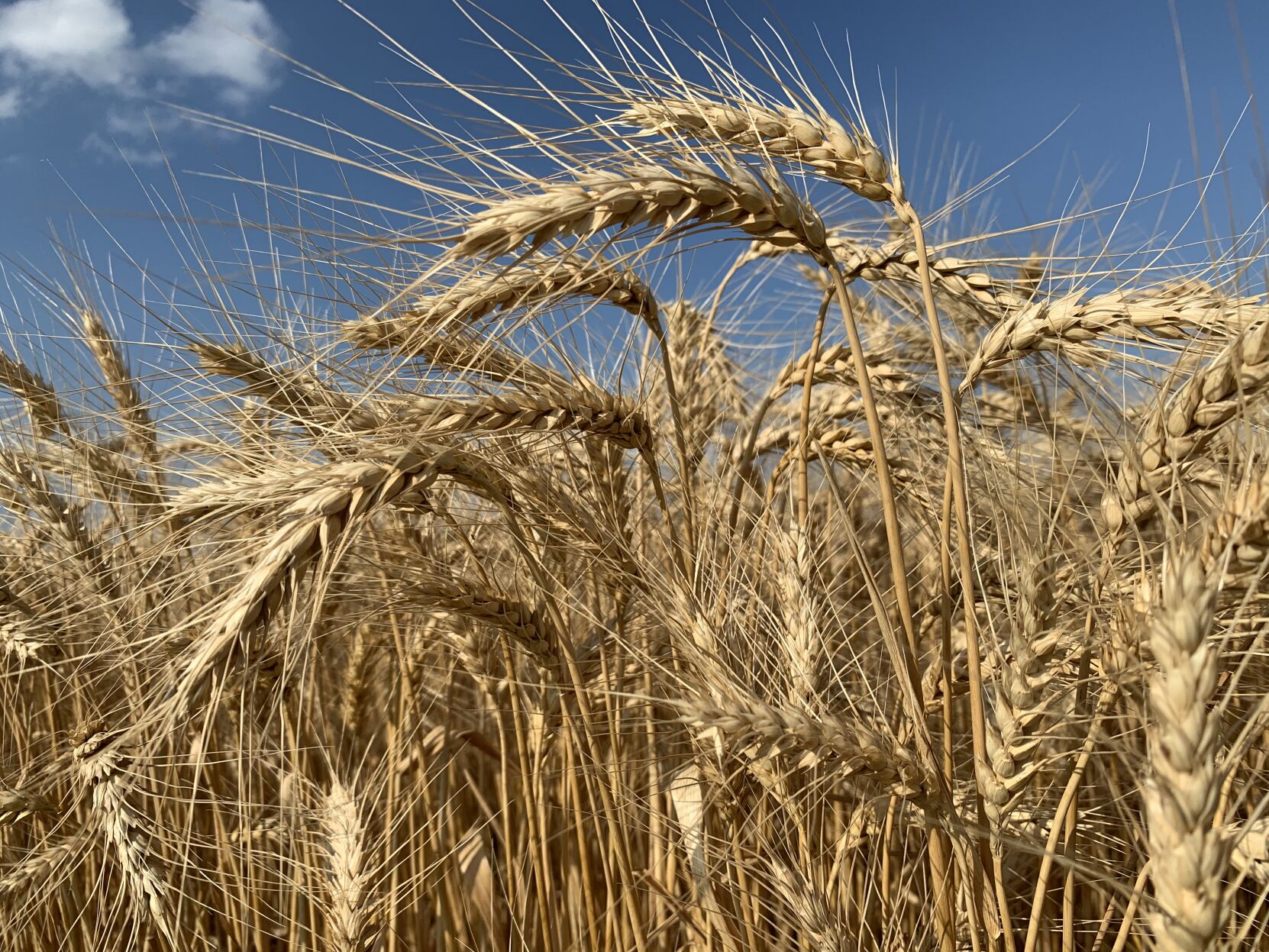The wheat protein market has proven itself to be a sector that keeps growing in demand and wheat growers with grain that meets the requirements can cash in on much-needed premiums for their crops.
Evan Backhus, commodity manager for Purefield Ingredients located Russell, Kansas, spoke recently about the value of wheat protein at High Plains Journal’s Wheat U/Sorghum U event.
The Purefield Ingredients plant is the largest supplier of wheat protein in the United States and grinds 1 million bushels of wheat a month.
“We convert grain from America’s heartland into safe, trusted and natural food ingredients,” Backhus said. “Some of the things we make are biofuels, dry distiller’s grains, wet distiller’s grains and wheat midds.”
When wheat shows up at the plant, Backhus said it is put through an extensive cleaning process before it is tempered, milled, the bran is removed and it is made into flour. The endosperm comprises about 83% of the kernel weight and is the source of flour. It also contains the greatest share of the protein in the kernel.
“Vital wheat gluten is not flour, but we make flour and then extract the gluten from the flour,” Backhus said. “We do that by hydrating the flour to activate the gluten, then process it to extract everything except gluten, then we dry it back down again.”
Interestingly enough, about 40% of customers in the protein market space are pet food companies. The other share is made up of companies that use it for items such as baked goods and plant-based proteins.
“The wheat protein market it ever-evolving,” Backus said. “One-third of Americans are trying to reduce their meat and dairy consumption and the U.S. wheat protein market is projected to continue to experience steady growth. That growth is being fueled by consumer demand for high protein and plant-based foods.”
Backhus said the demand has been so strong, another protein plant is opening in Phillipsburg, Kansas.
“Up until a year ago, most of the gluten, other than what we produced in Russell, was imported to this country from Europe and Australia,” he explained. “A couple years ago, shipping problems started causing delays and baking companies were beating on our doors looking for gluten. This is the reason why we are expanding and why Phillipsburg is going to be coming online. We think the domestic gluten market is going to be pretty sizable in the near future.”
However, not every head of wheat is suitable at a protein plant. Backhus said they look for loads that are at least 58 pounds per bushel and have a protein percentage of at least 12%.
“The 2022 Kansas wheat crop averaged 12% protein or more, and as a whole this has been a gift for us even though we produced 100 million bushels less than last year,” Backhus said.
He said mycotoxins like vomitoxin, caused by fusarium head blights, can also be an issue. Vomitoxin can become a problem in years with a lot of rainfall during flowering. Wheat cannot be accepted if there is more than two parts per million of vomitoxin. Raising crops that can hit the targets for protein plants takes extra inputs, time and strategy, but the incentives can pay off in a big way. Backhus said selling into the wheat protein market will bring prices somewhere between 8 to 15% higher than the traditional wheat market.
“Premiums are calculated by what the differing levels of protein percent is trading in the industry,” Backhus said. “This will be the basis applied to the contract for a specific protein percent content. The basis at that point is the premium and then we adjust that for freight. A protein scale will then be applied, for that specific protein percent content, to the contract. It will be a plus or minus premium or discount for the contract specific content. We pay the spread between differing protein levels that are delivered. This is by the load and not a contract average.”
Backhus recommends researching wheat varieties that are most suitable for the environment and have an emphasis on higher quality versus just yield and disease resistance. He advises producers to take soil samples to diagnose and treat deficiencies in the soil and apply increased and timely nitrogen or split applications and adding sulphur and apply fungicide. Additionally, Backhus recommends an on-farm storage system.
“We can’t take all this wheat at harvest, so if you want to do business with us, you must have on-farm storage available and it’s best to keep a sample from every load that you put into a bin.”
Lacey Vilhauer can be reached at 620-227-1871 or [email protected].




